Burj Dubai April 25th 2008 photo update, In the photo below you can see where they are trenching for the new fountain area which is diectly in front of the Palace Hotel, Burj Park V it has been credited with having some of the best views. They are in the process of digging up the concrete lined trench that is adjacent to the mall so who knows what will happen there as this looked like a completed area and would only be a deeper part of the lake if not used for a fountain. The last photo is two phots put together to make one big photo of downtown Dubai. Burj Dubai
Burj Dubai Burj Dubai
Burj Dubai Burj Dubai
Burj Dubai Burj Dubai
Burj Dubai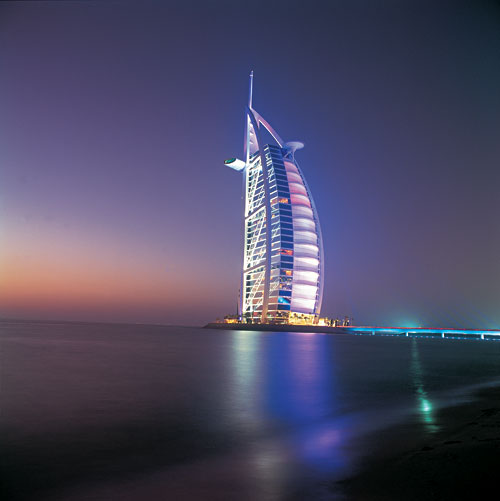 Burj Dubai
Burj Dubai
World Top Burj Dubai
|
|
|---|

Turkey Best Pictures
|
|
|---|
Absolutely! Turkey is an Extremely safe country to visit and especially for tourists. The Turks are very proud people and welcome visitors and are honored to see foreigners exploring their land. Therefore all visitors are special guests and are treated like royalty. Crime is low compared to many countries and the Ministry of the Interior has established a special squad of police that are assigned to the major tourist areas. We believe that Turkey in general is safer than most any other country in the region. Turkey
Turkey Turkey
Turkey Turkey
Turkey Turkey
Turkey Turkey
Turkey

Amazing City Tokyo Japan
|
|
|---|
McDonald's Corporation released a 2009 Corporate Responsibility Report focusing on the company's practices in "sustainable supply chain, nutrition and well-being, environmental responsibility, employment experience, community and corporate governance and ethics."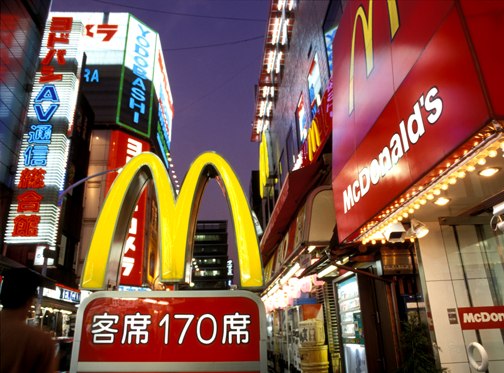 tokyo japan
tokyo japan tokyo japan
tokyo japan tokyo japan
tokyo japan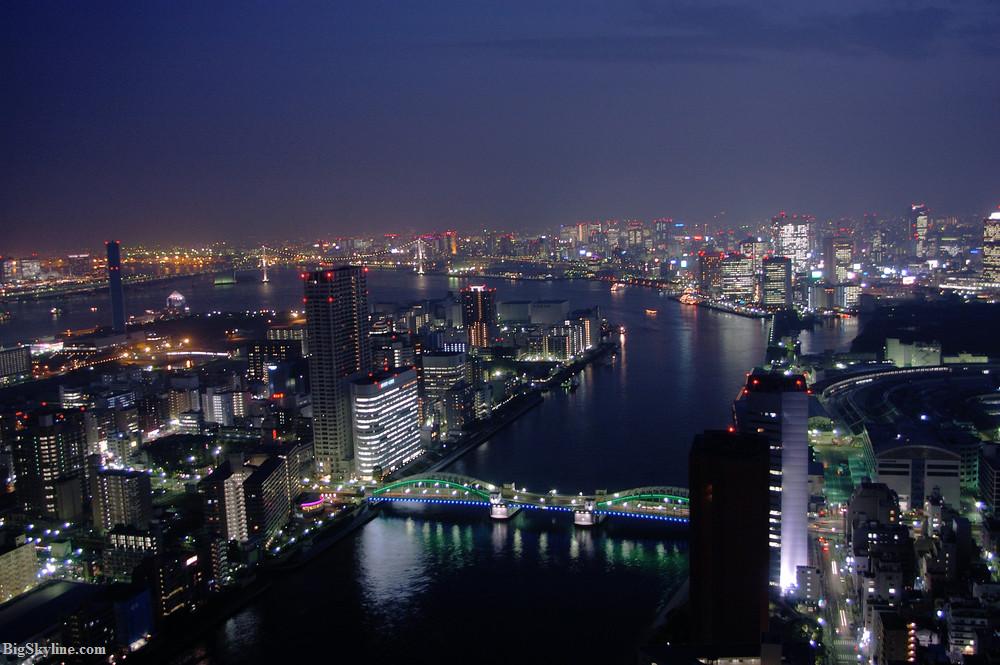 tokyo japan
tokyo japan tokyo japan
tokyo japan

the Great Wall of China
|
|
|---|
 wall of china
wall of china wall of china
wall of china wall of china
wall of china the Great Wall of China
the Great Wall of China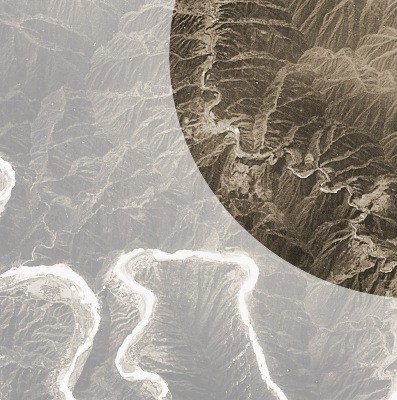 the Great Wall of China
the Great Wall of China
 the Great Wall of China
the Great Wall of China
The Great Wall of China
The Great Wall of China is a series of stone and earthen fortifications found in northern China. It is one of the most spectacular wonders of the world. It is the world’s longest human-made structure. It almost appears as a giant dragon, as it winds up and down the land of China, through deserts, mountains, plateaus, and grasslands. Unfortunately, by now some of the wall is in ruins or has disappeared. Despite that, it is a must see if you are visiting China.
The Great Wall of China has been built and rebuilt a number of times. It is estimated that between two and three million Chinese died during the centuries long project of building the Great Wall of China. It was built between the 5th century B.C. and the 16th century with the purpose of protecting the northern borders of China from attacks from Xiongnu. Beginning in the 5th century BC, there have been several walls built that were called the Great Wall. One of the most famous of the walls is the wall that was built between 220-206 BC by Qin Shi Huang, the first emperor of China. Not much of that wall remains, as the majority of the remaining wall that exists in China today was built during the Ming Dynasty.
The Great Wall is surrounded by greenery.
The Great Wall stretches from Shanhaiguan on the eastern side to Lop Nur in the West. This arc roughly creates the southern edge of Inner Mongolia. The Great Wall, including all of its branches, stretches for 8,851.8 km or 5,500.3 miles. This includes 6,259 km. or 3,889.5 miles of sections of the great wall, 359.7 km, or 223.5 miles of trenches, and 2,232.5 km or 1,387.2 miles of natural barriers like hills and rivers.
The Great Wall that we observe today was mainly built during the Ming Dynasty, from around 1368-1644. It begins at Shangaiguan Pas in the east and flows into Jiayuguan Pass in the west. On its way, the Great Wall passes through the provinces of Liaoning, Hebei, Beijing, Tianjin, Shanxi, Inner Mongolia, Ninxia, Shaanxi, and Gansu. By visiting the Great Wall of China, you can view the diversity in scenery as well as the ethnic people of China.
History of the Great Wall
The Chinese people were already familiar with how to build walls by the time of the Spring and Autumn Period. This period began around the 7th century, BC. During the Warring States Period that occurred from the 5th century BC to 221 BC, the states of Yan, Zhao, and Qi all had formed or constructed walls to defend their own borders. They were built in order to withstand the attacks of spears and swords, and these walls were typically built by stamping the earth and gravel between board frames. In 221 BC, Qin Shi Huang was able to conquer the opposing states, and the Qin Dynasty was formed. He ordered that the wall sections that divided his empire be destroyed. Then in order to protect the empire against any intrusions by the Xiongnu people from the northern border, he ordered the people to build a new wall with the purpose of connecting the remaining walls along the new northern frontier of the new empire.
You can walk up the very steep steps of the Great Wall.
Local resources were typically used to build the walls, since it is very difficult to transport the materials needed in order to build the wall. Typically stones from the mountains were used over the mountain ranges, while rammed earth was often used for construction in plains areas. Earlier it was stated that there were many Chinese who died from building the wall. These peasants who died in the process were buried inside the wall, and were unearthed later by archaeologists. It is possible that around one million people died while building the Qin Dynasty’s wall. Unfortunately most of these ancient walls have eroded away, and very little remains. In later years, the Han, Sui, Jin, and Northern dynasties all repaired, rebuilt, or in some cases expanded sections of the Great Wall in order to defend themselves against invaders from the north. This was a very expensive undertaking.
Under the Ming Dynasty, the Great Wall was revived. After the Ming Army was defeated by the Oirats in the Battle of Tumu in 1449, the Ming decided to adopt a new strategy to keep the nomadic Mongols out by constructing walls along their northern border. The Ming construction was stronger, more durable, and more elaborate than the earlier Qin walls because of the use of bricks and stones instead of rammed earth. There were Mongol raids that continued during this time, but the Ming continued to devote time and resources to the reinforcement and repair of the Great Wall. The sections found along the Ming capital of Beijing were particularly durable and strong.
This part of the Great Wall is in good shape.
During the end of the Shun Dynasty, the Great Wall assisted in the defense of the empire against the invasions of the Manchu that started around 1600. The Ming army held off the attacks of the Manchus at the Shanhaiguan pass, which kept the Manchus from entering the Liaodong Peninsula and the heart of China. In 1644, the Manchus were finally able to cross the Great Wall when the gates at Shanghaiguan were opened by a Ming border general named Wu Sangui, who disliked the actions of the rulers of the Shun Dynasty. The Manchus were able to seize control of Beijing, and they defeated the Shun Dynasty and Ming Resistance, and established the Qing Dynasty. During the rule of Qing, the borders extended beyond the walls and were annexed into the empire. This resulted in the ending of construction and repairs to the Great Wall. However, there was a counterpart to the Great Wall build in the south that protected and divided the Chinese from the Miao.
Places to Visit at the Great Wall
* The North Pass of Juyongguan Pass, also known as the Badaling was used by the Chinese to protect their land. This section had many defensive guards to defend Beijing. It is made from stones and bricks and is almost 26 feet high and about 16 feet wide. One of the most striking areas is where it climbs up very steep slopes. It runs 7 miles long, with a range of 5 to 8 meters in height, and six meters across the bottom, and narrows up to five meters across the top. One of Jinshanling’s 67 watchtowers is Wanginglou, which is 980 meters above sea level.
* Just southeast of Jinshanling is the Mutianyu Great Wall, which is winding around mountains from the southeast to the northwest for a little over a mile. It connects to the Juyongguan Pass on the west and the Gubeikou to the east.
* A third location you may wish to visit is near the eastern extremity of the Great Wall, where the first pass of the Great Wall was built on the Shanhaiguan, which is the first mountain that the Great Wall climbs. Here you will also find Jia Shan and Jiumenkou, which is the sole part of the wall that was built as a bridge. The Shanhaiguan Great Wall is called the Museum of the Construction of the Great Wall due to the Meng Jiang-Nu Temple, which was built during the Song Dynasty.
More Great Wall Facts
Before the Great Wall was built of bricks, it was mainly constructed from earth, wood, and stones. The Ming Dynasty began using bricks in many parts of the wall, along with other materials, like lime, tiles, and stone. Bricks were easier to use than the earth and stone, so they were able to speed up the construction during this time. Bricks also were a better construction material because they were able to bear more weight and also would last longer than rammed earth. Although stone can hold its own weight better than brick, it was more difficult to use. As a result, stones that were cut in rectangular shapes were used for the foundation, inner and outer brims, and the gateway of the wall. The steps of the Great Wall of China are very tall and very steep in many areas. Often tourists become exhausted from the walk.
This shows how the Great Wall curves around.
Many locations of the Great Wall of China are in disrepair. Some portions that are north of Beijing and near tourists areas have been reconstructed and preserved. Some areas of the wall have been victim to graffiti and vandalism. Some of the parts of the wall have been destroyed because it is in the way of new construction. Erosion has also and will continue to have a negative impact on the condition of the Great Wall. In some places, the height of the wall has shrunk as much as a few meters. The square lookout towers have also disappeared. Areas that have been built from dirt or mud are also falling into disrepair from erosion.
The Great Wall has defensive fighting stations so the defenders could retreat to safety if they were overwhelmed. Each tower has restricted unique stairways and entries in order to confuse any attackers. Barracks as well as administrative centers are also located at larger intervals. Also there were signal towers built on hill tops or other high points for increased visibility. If you visit The Great Wall of China, there are also reproductions of the weapons used by the Chinese present on display in tourist areas of the Great Wall.
The Great Wall of China has been listed as one of the “Seven Medieval Wonders of the World.” If you are visiting China, you need to make sure this is one of your sightseeing opportunities.

Bangkok City pictures 2010
|
|
|---|
Bangkok is one of the fastest growing cities in the world. Although Bangkok has emerge to be a modern city, the amazing thing is that it still retains its traditional heart with unmatched vitality. Founded in 1782 when the Thai capital shifted from Thonburi across the Chao Phraya River to this trading post, Bangkok has always been a city of contradictions. With its bustling metropolis, magnificient temples and palaces, tall concrete skyscrapers and antique wooden houses, Bangkok has become Thailand's major port and international gateway to many other cities in the country and to other countries around the region.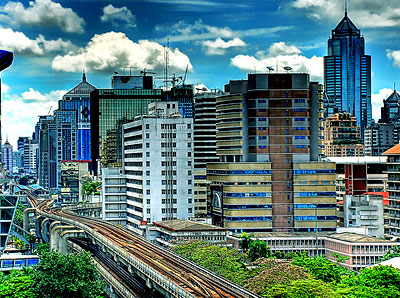 Bangkok City
Bangkok City Bangkok City
Bangkok City Bangkok City
Bangkok City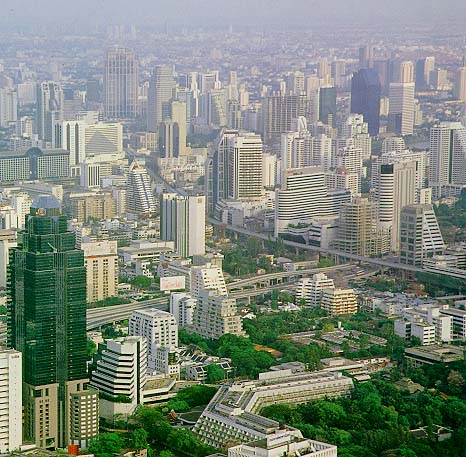 Bangkok City
Bangkok City Bangkok City
Bangkok City

Copenhagen Pics
|
|
|---|
The highly popular, car-free neighborhood in downtown Copenhagen known as Strøget (literally “straight line”) features what is reputed to be the longest pedestrian street in the world. Shopping options here range from fancy retailers like Gucci and Chanel at one end to the more plebeian McDonald's and H&M at the other. Copenhagen
Copenhagen Copenhagen
Copenhagen Copenhagen
Copenhagen Copenhagen
Copenhagen Copenhagen
Copenhagen

Europe, a great place for travel
|
|
|---|

Europe is a great place, especially Paris and Rome. Paris is known to be a romantic place. Many lovers are spending time to this country while Rome is the best place to know more about the ancient times of Europe. But before you decide to have a trip from Europe, you need to more about the best places to travel. I know, there lots of sites that guides travelers where to go to make their trip memorable. It's good to know the best place to go before leaving your country, right?
Hmm...traveling in Europe would be a great plan for this coming Summer vacation. Traveling together with your family and friends would make it more merrier. And of course, a good driver would make the most of the trip! So, hiring car hire specialist would be great! You don't want to travel without a good driver, would you?
Traveling by car is good because you can see all the places around you. If you don't have a car, that's not a problem because there are many car rentals in Europe. So, want to travel in Europe by car now? Remember, Care Hire Europe would be good.
